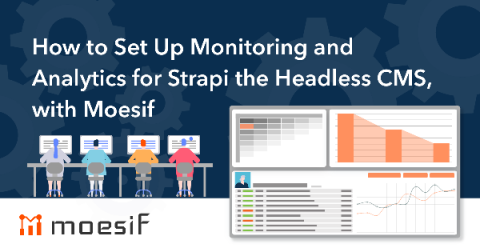Is Your Web Service Ready To Work And Compete Internationally? You Can Make Sure For Just 0.6 USD!
Have you abandoned a web service, because it took too long to load? I bet you have, everyone does that every now and then with slow applications. There are a lot of services to check load times, but is it the only thing to check about website’s performance worldwide? Certainly not! It is just one thing to check, not the only one. You may have performance tested the service locally and validated that everything works just fine.










